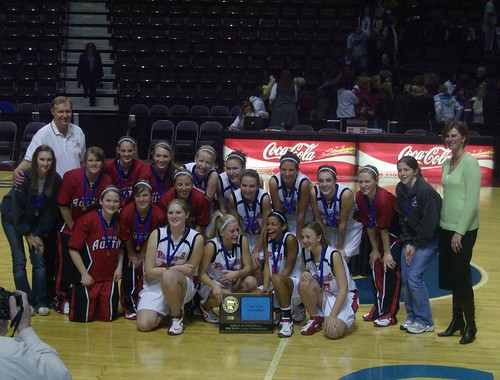
Imagine a medical news community where journalists aren’t bombarded with irrelevant story pitches. Where they don’t receive the dreaded “Did you get my email?” phone follow-ups from PR practitioners. Where journalists have quick and easy access to sources they trust. Where public information officers and PR staff understand each other’s needs and interests, and come together in a common space of mutual respect. “Where everybody knows your name…”
“People say I’m a dreamer, but I’m not the only one…”
Well, I am the only one right now, but I’m dreaming that might change. In an earlier post, I mentioned that I had created a new group in Facebook for Health & Medical Journalists and PIOs. But having listened to part of Made to Stick (highly recommended; my review is forthcoming), I was compelled to change the group’s name to: “Cheers” for Medical News.
Journalists have the Association of Health Care Journalists. PIOs have PIONet through Newswise. These are fine organizations, but they have their limits. Though journalists can be collegial, they naturally compete with each other to get the story first. Likewise PIOs and PR practitioners have an interest in pitching their stories and getting their subject experts featured.
“Cheers” could be the place where individuals from both groups come together to meet. Sometimes it would be a public conversation, much as the ones Norm and Cliff had when they left their bean-counting duties and their appointed postal rounds. Other times journalists working on enterprise stories, and PIOs “pitching” ideas, would be like the countless, nameless others on the show having private conversations at the side tables and in the anteroom.

Journalists are exploring how they can use Facebook, and a group called “Journalists and Facebook” has grown to over 900 members in about a week. Here’s the story behind it. With 31 million members, and growing 1.2 million per week, Facebook has both critical mass and privacy flexibility that could make it a Commons for medical news.
I believe the “Cheers” for Medical News group in Facebook could bridge the gap between news media and public relations by creating a community of mutual respect and trust.To join the group, a person would need to be approved by an administrator, either as a medical center PIO or a journalist. ( I’m looking for other administrators to help approve new members, by the way.)

When a big story is breaking, a discussion of angles and sources could take place out in the open on the discussion board, “around the bar” in the Cheers metaphor. Everyone could chime in. If a reporter is enterprising a story, on the other hand, she might send a private message to PIOs at certain institutions asking for sources.
Likewise, a PIO with an embargoed news release could send a notification and link to the release through Facebook (although EurekAlert works fine for this right now), or could pitch an exclusive to a particular producer or reporter through a Facebook message.
Messages would come by email. If you think someone is spamming you with irrelevant pitches, you could block his messages through your Facebook privacy settings. People who continually behave badly could be banished from the group. The result is you could reclaim the value of email; you would know the messages you get through your Facebook groups and friends would be worthwhile.
Journalists are legitimately frustrated that they are overwhelmed with story pitches from people who don’t take the time to know their beats or what kinds of stories interest them.
Media list companies exist to build distribution and pitching lists for news releases, and often hype their services with phrases like, “We’ll show you how to score big coverage…” as if media relations was some kind of predatory dating game, and we were a bunch of Sam Malones.

Through the web 2.0 service Facebook, people in the health and medical news community can set a higher standard. PIOs and journalists need each other and have mutual interests that could be achieved by coming together in one place:
- Journalists who are part of the Cheers commons could also establish their own secret Facebook groups, and could send source queries just to those individuals, quickly and easily. By putting their beats, interests and how they prefer to receive story pitches in their Facebook profiles, they would get more worthwhile story ideas from PIOs.
- Academic centers could put their news release distribution lists in Facebook, in a similar secret list. They could even distribute embargoed releases this way, and would be sure that only credentialed journalists would have access. If someone broke an embargo, they could be removed from the list. And unlike PR Newswire and other services, distribution through Facebook would be free. It’s Wikinomics at work.
ProfNet is a good service that enables journalists to cast a wide net, to send out an All Points Bulletin in the search for sources. Facebook would be a way to create more helpful, meaningful relationships.
I know about meaningful relationships formed through Facebook; my daughter met her husband there. They were both in college in Wisconsin, and he was searching for people with an interest in Theology. They met in December 2005, and I walked Rachel down the aisle on December 30, 2006.
We’re not talking anything that meaningful with our version of Cheers. But if there’s interest, we could create a digital health journalism “watering hole,” which would, I think, be a worthwhile thing.
What do you think?
 Technorati: Health, Journalism, Medical, Facebook, PIO, PR, Cheers, Association of Health Care Journalists
Technorati: Health, Journalism, Medical, Facebook, PIO, PR, Cheers, Association of Health Care Journalists


 Technorati:
Technorati: 


